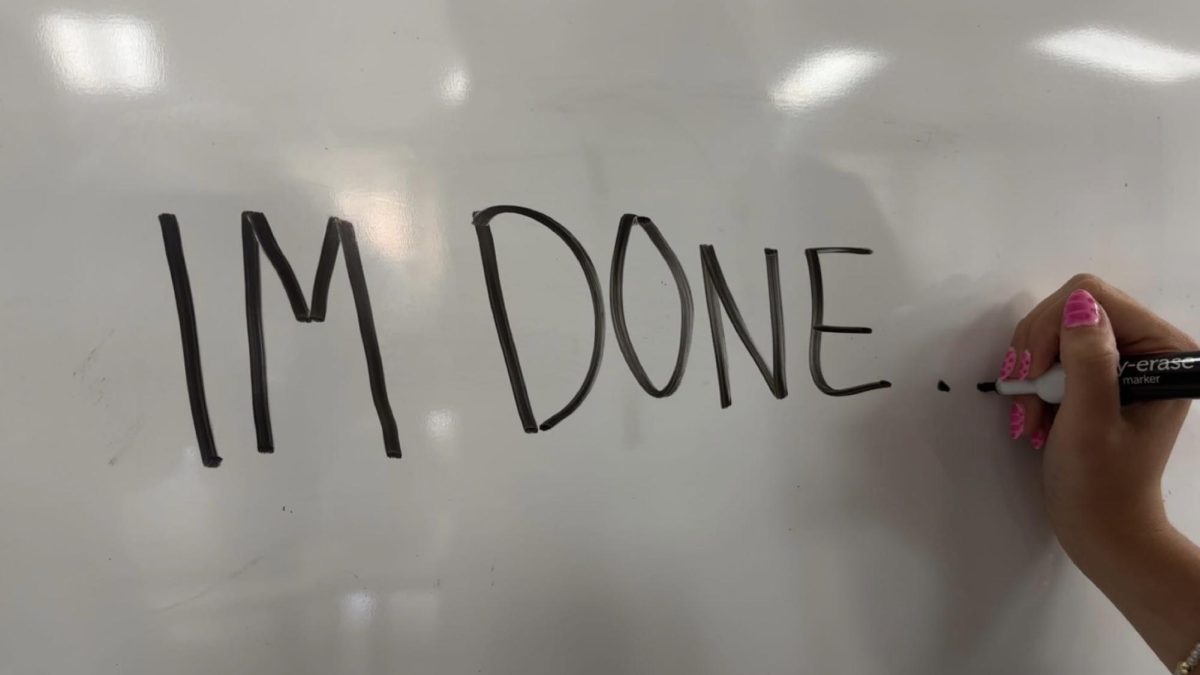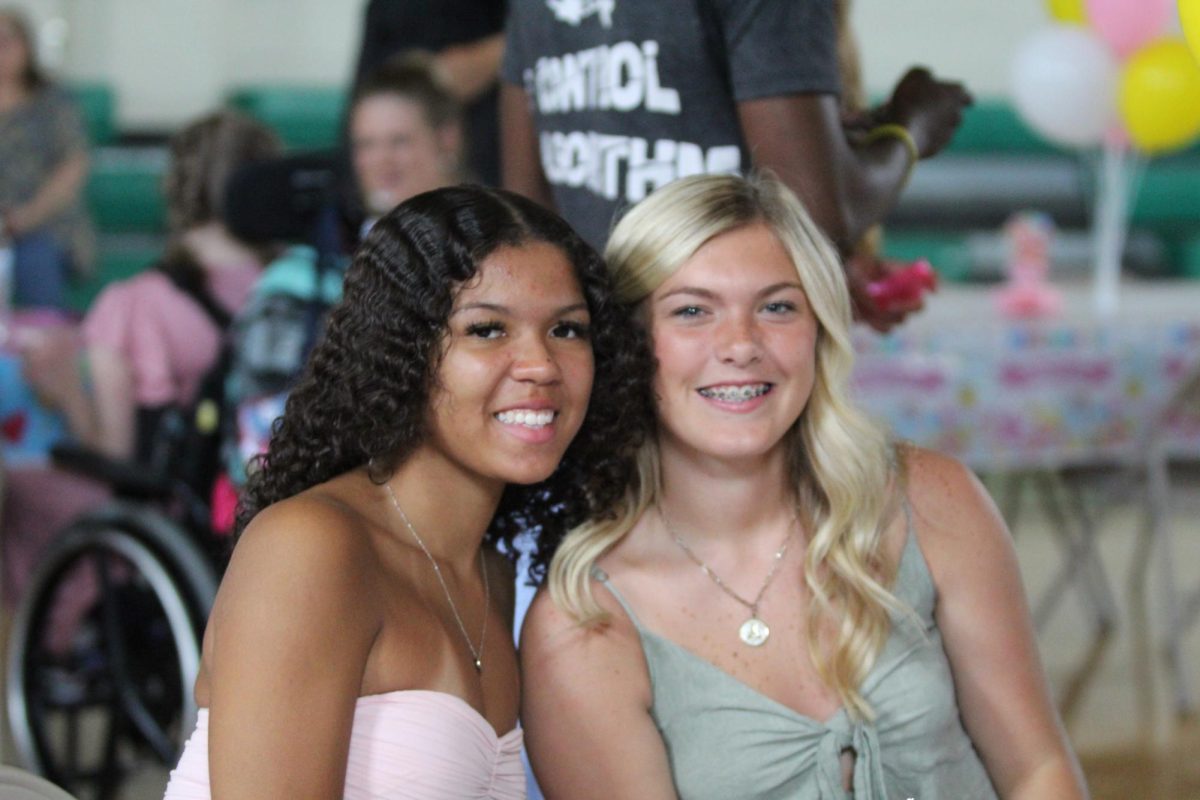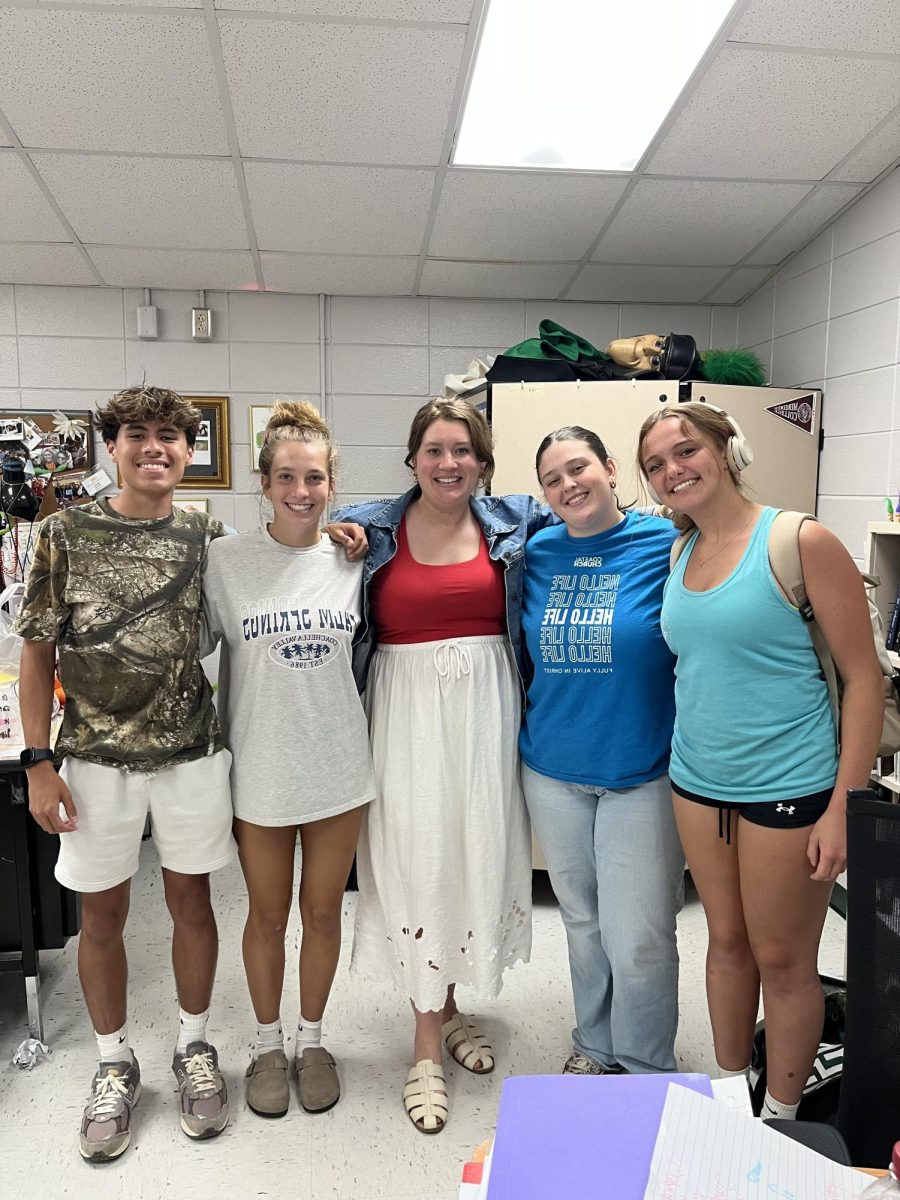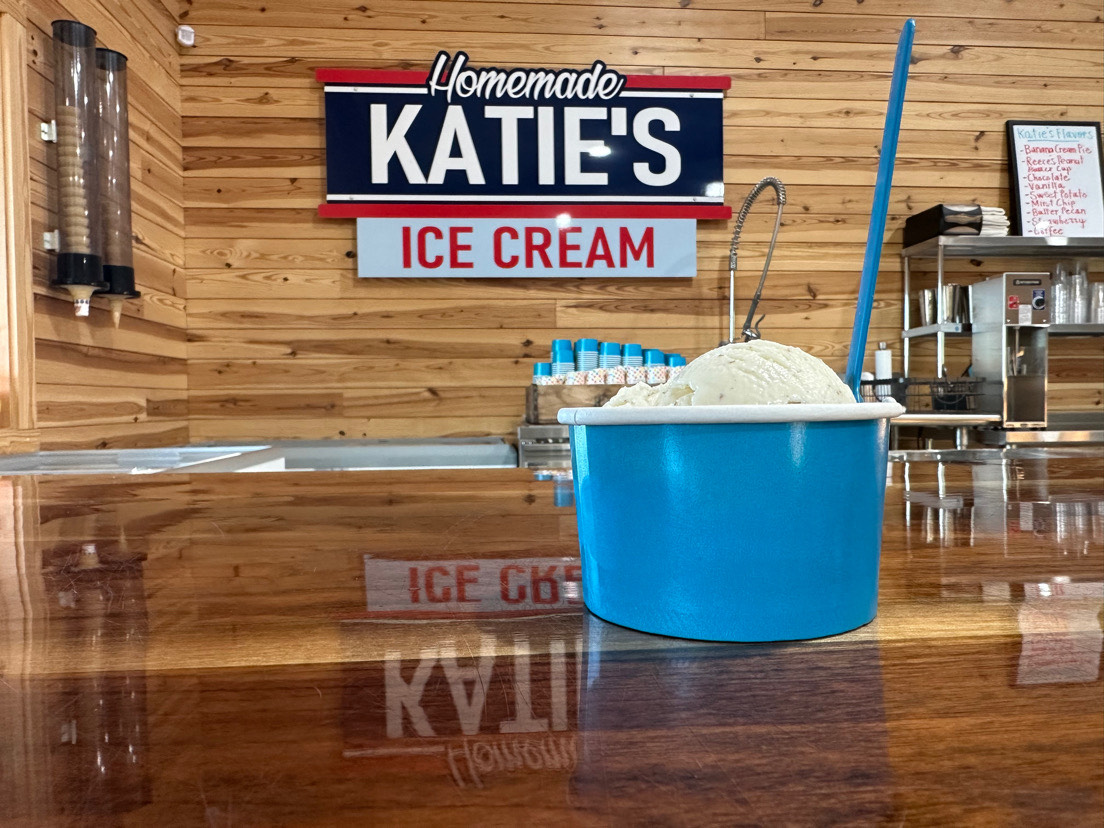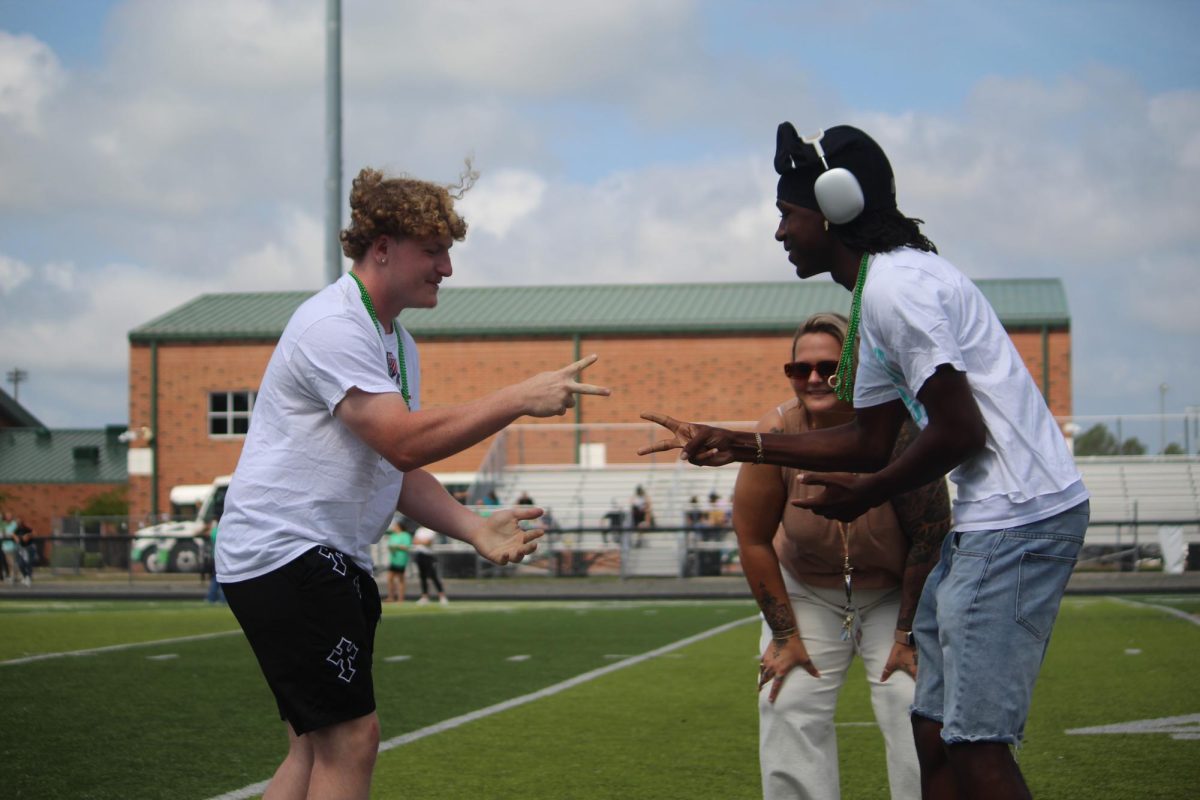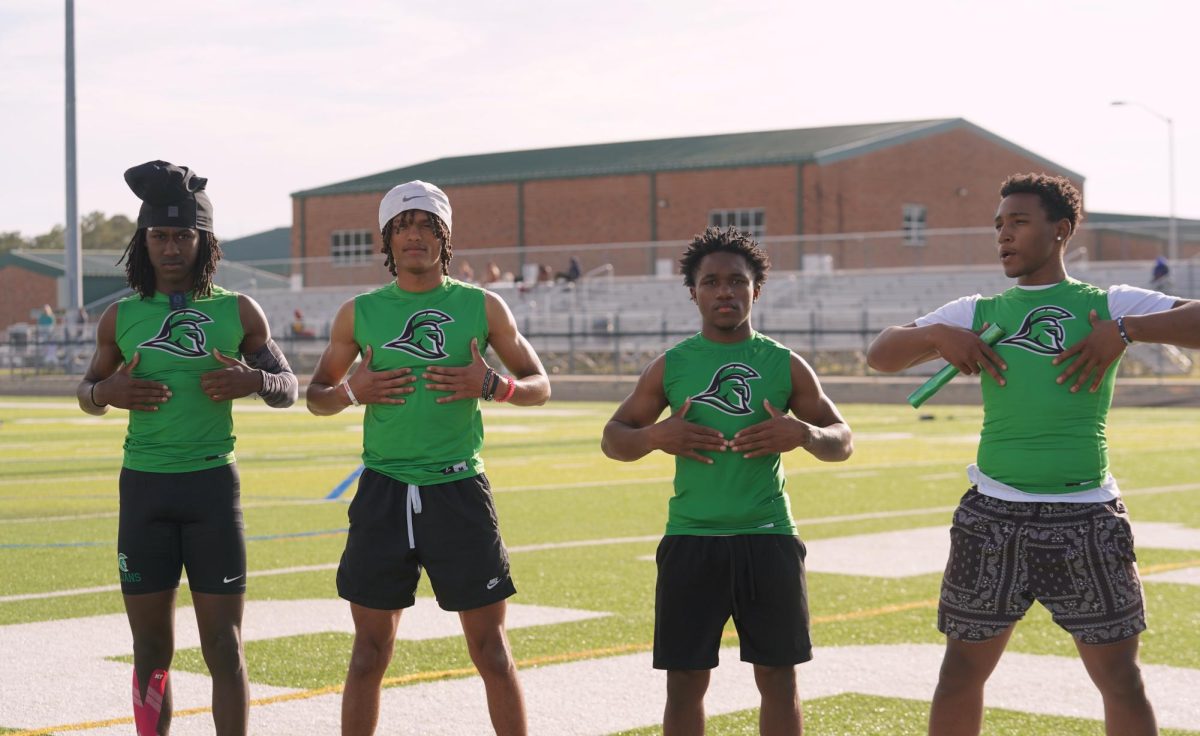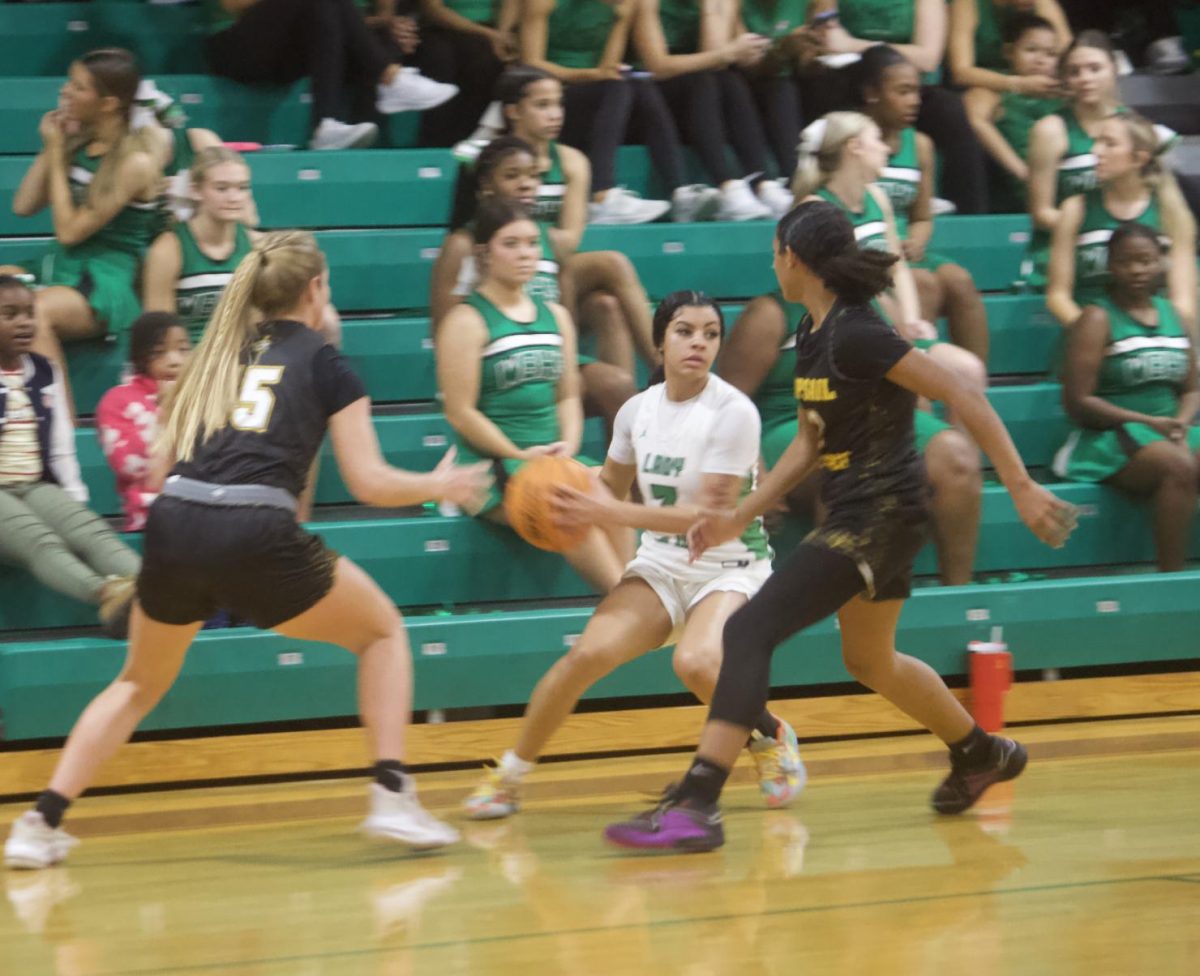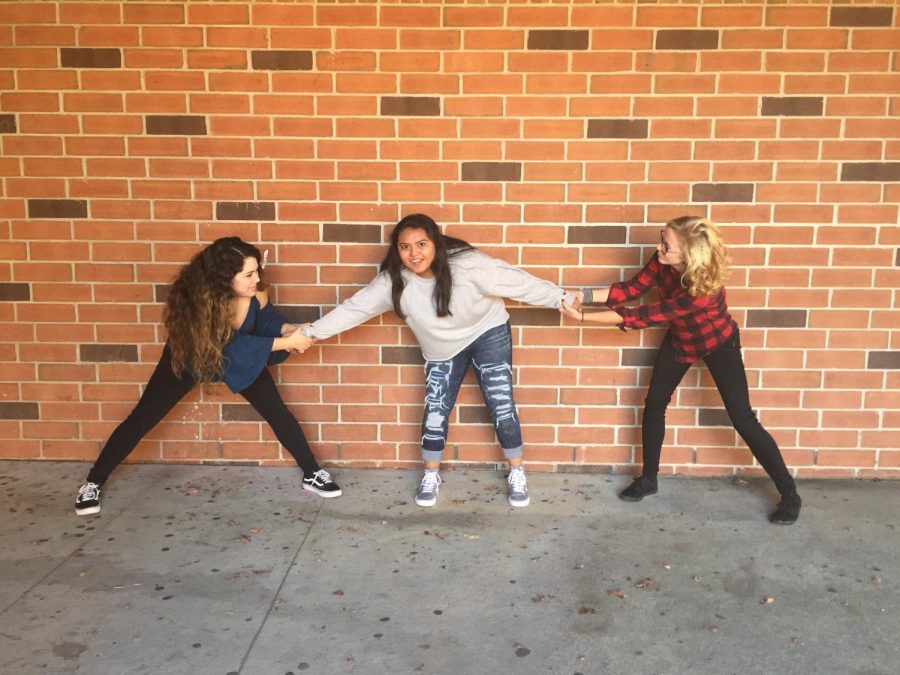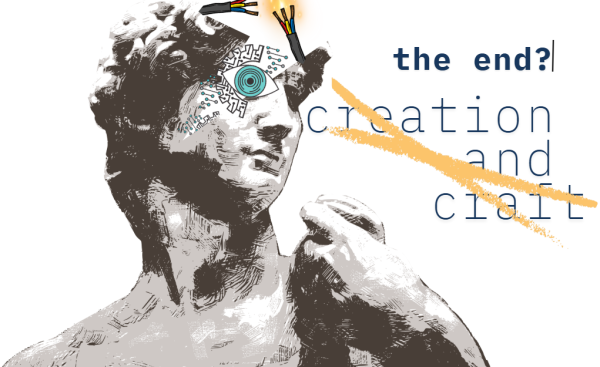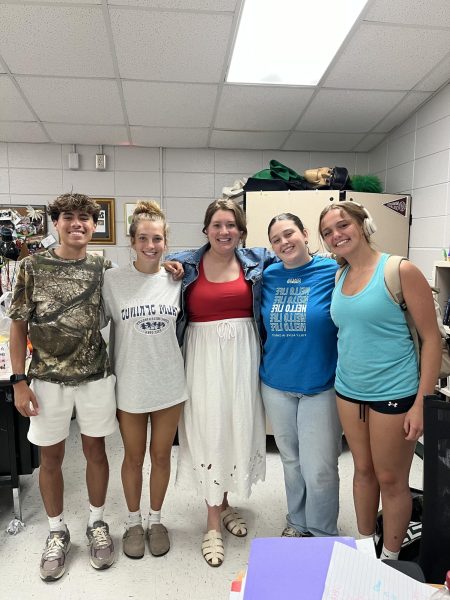Everything in Moderation
Nov 30, 2017
Liberals versus conservatives: this clash of political beliefs seems to be the root of every political conversation. The reality of politics is that the majority of people identify as moderates. Moderates are the core of our political system, citizens who identify with both liberal and conservative views. Moderates are driven by our current political parties and are often underrepresented in current politics, despite being the majority.
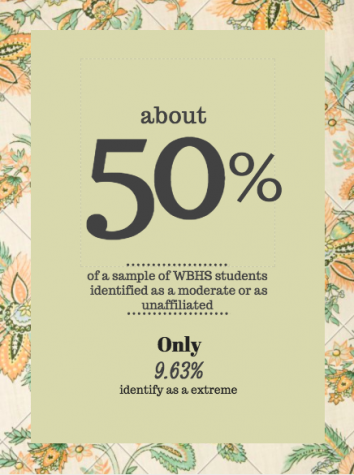
Moderates often adopt a little bit of their personal opinions from from each side and come to a neutral opinion. According to Molly Ball from The Atlantic, one third of registered voters identify as a moderate. Countless people do not completely agree with either party’s platform–they take a mix of opinions from each side. The dilemma is that these moderates are underrepresented and their voices are not heard in our current political environment.
Over the past few election cycles, politicians seem to align solely with the most extreme aspects of their party’s platform, making moderates question if the politicians representing them actually hold any of their same values.These overwhelming opinions are causing people to break away from the titles of being a democratic or republican, and move towards the identity of a moderate.
Happy medium is where most of the population resides and has resided since political parties started. Strong opinions may be the heard the most, but extremism is the minority. While it may seem like we are all divided, we are much closer in opinions then it appears.


